International Heritage Centre blog
A contextual complexity: the Special Efforts Department
A contextual complexity: the Special Efforts Department
‘…the scene is magnificent. Never before has the Army had such a splendid opportunity of convincing the public.’
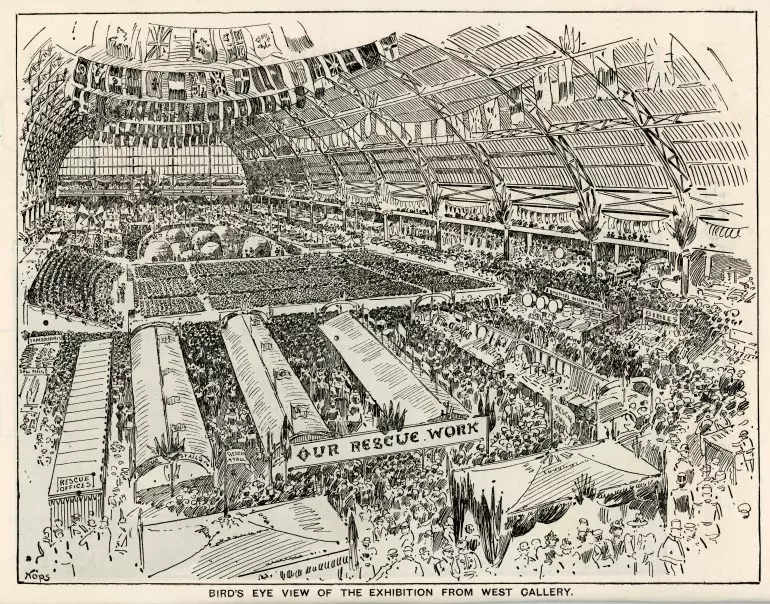
One of the challenging aspects to cataloguing our collections can be the lack of available context to papers. The recently catalogued UK Territorial Special Events Unit (reference: SE), formerly the Special Efforts Department, presents this problem. In its present day form, the unit exists to provide ‘event management, programme support, technical advice, logistical help, and practical resources to organisers of territorial events held within the UKI territory’. However, our papers begin in 1891 and consist mainly of programmes and promotional literature for the Army with no administrative papers to reveal the day to day function of the department. We know from the earliest Salvation Army Year Book that the Special Efforts Department existed in 1907, but it seems likely to have existed in some form prior to this. In this post, we explore how we might garner an impression of the work of the department through examining an exhibition guide believed to have been produced by the department.
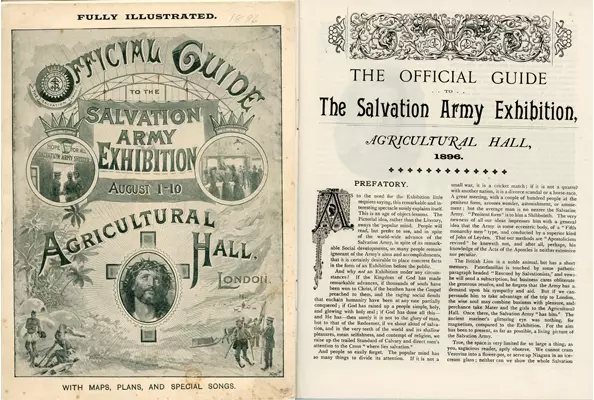
‘…it is certainly desirable to place concrete facts in the form of an Exhibition before the public.’
One of our earliest examples of the work of the department is an ‘Official Guide To The Salvation Army Exhibition, Agricultural Hall 1896’. Whilst there are no supplementary papers to provide context, the guide itself reveals that work involved in producing the exhibition was not unlike exhibition organisation in the present day. A ‘prefatory’ explains the aim of the exhibition as to educate people ignorant of ‘the Army’s aims and accomplishments’. Held at the Agricultural Hall in Upper Street, Islington, then one of the biggest exhibition halls at 65,000 square feet, the guide describes the experience that awaits visitors, who will first see the Foreign Missionary Section containing ‘beehive-looking houses of the Zulu village’.
The guide continues on to walk the reader through the rest of the exhibition with a striking similarity to what we might expect from a modern day guide to an exhibition. Could it be that one hundred and twenty years ago the Salvation Army was operating an events department not unlike what you might find in a present day organisation?
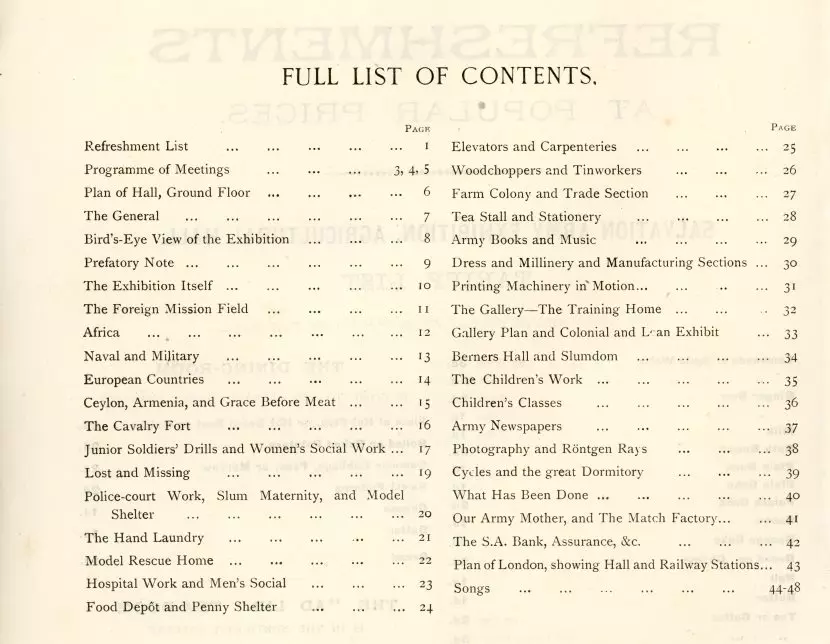
‘BE SURE TO SEE THE RESCUE SECTION’
Thorough and detailed, the guide explains the work of Salvation Army exhibited at the hall - from the Men’s Social Work, which includes the ‘Food Depot’ and ‘Penny Shelter’, to The Trade Section, which includes ‘The Tea-Stall’ and ‘Stationery and Leather’. The guide finishes with The Arcade Exhibits, which include ‘The Match Factory’, the ‘Salvation Army Bank’, the Army’s ‘Life Assurance’ and ‘Fire Assurance’. You can almost imagine the various departments jostling for their place in the guide - with the Salvation Army’s Rescue Work triumphing to receive the first full-page spread at the very beginning of the publication. The reader is informed that the rescue work is under the direction of Mrs. Bramwell Booth and comprises ‘THIRTY-THREE HOMES, Night Shelters, and other efforts for the help and Salvation of Lost or Destitute Girls and Women’. This work ‘will be represented in full operation’ by a section in the exhibition and includes ‘Needlework Stalls’ and a ‘Hosiery and Underwear’ stall.
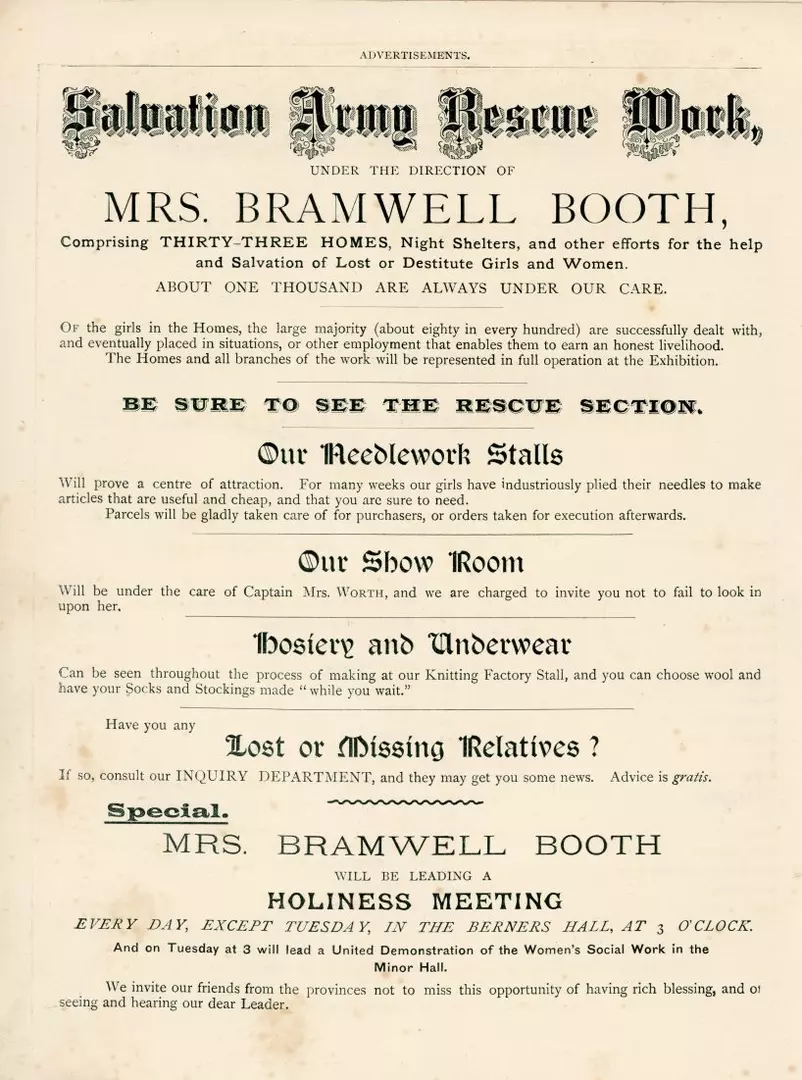
‘REFRESHMENTS AT POPULAR PRICES’
All good events are catered! The guide outlines the facilities provided at the exhibition including a list of available refreshments, with a bottle of ‘Lemonade or Soda Water’ costing 3d and the dining-room serving a ‘Plate of Hot Fish, or Hot Roast Beef or Mutton’ for 6d. The caterers are named as ‘Messrs. PROBYN & CO’. A note at the end of the list reads ‘NO INTOXICANTS OF ANY KIND WILL BE SOLD’

‘…shall we conclude without a heartfelt Hallelujah to our God, in gratitude for all that has been accomplished by our glorious Army?’
The guide finishes its ‘rapid tour round this magnificent Exhibition’ and offers a plan of London showing the hall and railway stations, ‘Special Songs’ and an extensive series of adverts for Army products (see the gallery below for some examples of the wares on offer!).
Reading the exhibition guide, it can be imagined just how much work must have been required to create such a large and detailed event - surely indicative of a thriving Special Efforts Department.
On a final note, it is, perhaps, not strictly true that we have no administrative papers relating to the work of the department in regards to the exhibition. A single surviving page of a typescript - the bottom of which is marked '(contd.)' - reveals that '100,000 passed through Turnstiles' during the exhibition and comments 'more than half of them outsiders and strangers'. A successful exhibition indeed!
Tara
June 2016
Read other blogs from the Heritage Centre
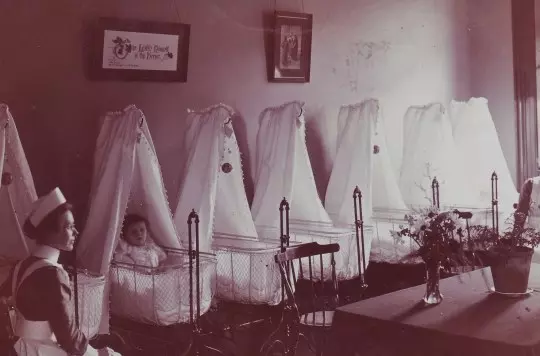
First World War Babies
Between 1897 and 1972, women seeking admission to Salvation Army homes in the United Kingdom were interviewed at The Salvation Army’s Women’s Social Work (WSW) headquarters in London...
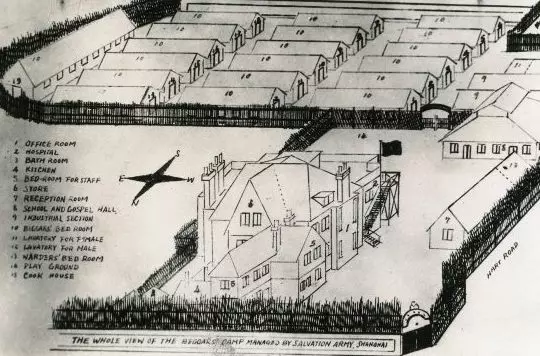
'Receive, reform, regenerate, restore': Beggars' Town, Shanghai
One of our files from China comprises photographs of a settlement in Shanghai known as Beggars' Town ...
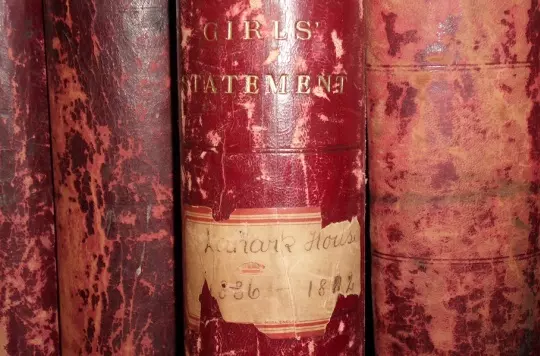
A lesson in judging books by their covers
Looking at the above picture you’d be forgiven for thinking that the volume in the centre would be easy to describe in our archive catalogue...
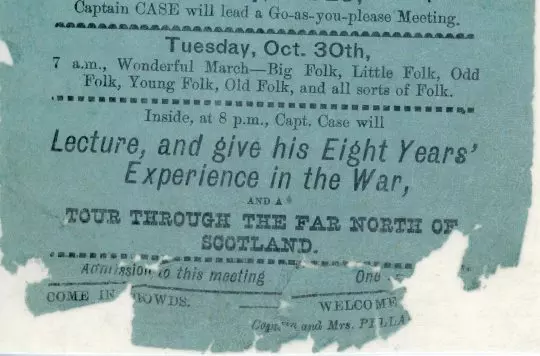
Paul O'Grady and The Salvation Army in Merseyside
When Paul came to visit the Heritage Centre, we showed him material from the archives that would help bring back memories of his early encounters with The Salvation Army in Merseyside...